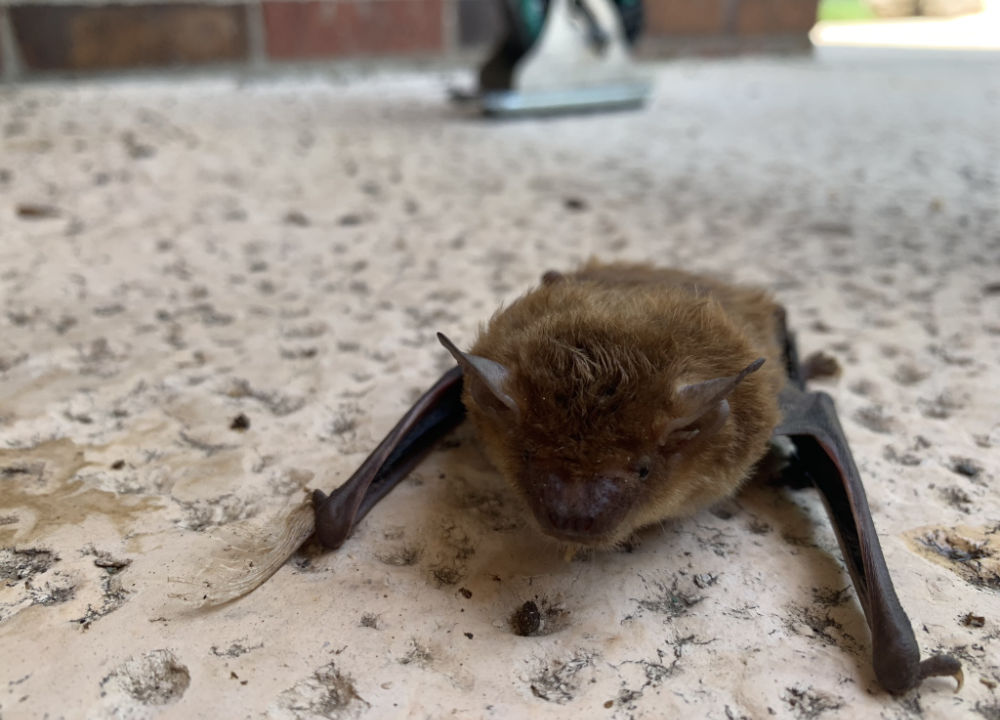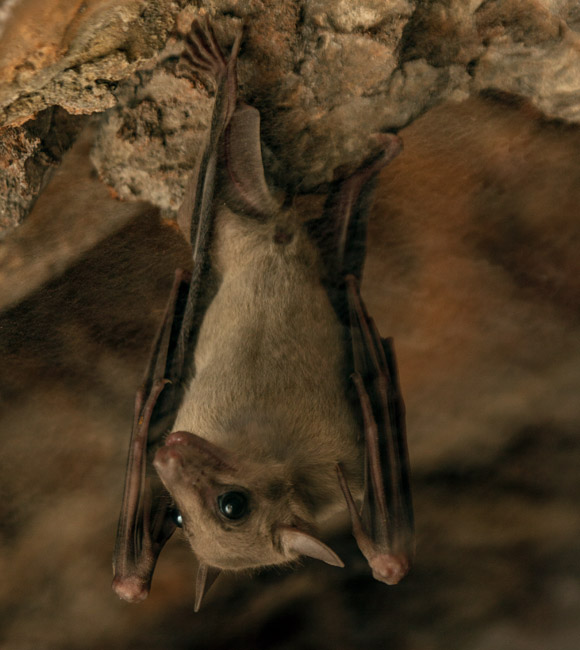What Does When is the Right Time for Bat Exclusion? - PCT - Pest Do?

The smart Trick of Bat Removal Service & Control - Los Angeles That Nobody is Discussing

The females form large maternity nests, frequently in buildings such as attics or barns. Young are born in June, and can zip August. They can measure up to thirty years obviously, though average life-span in the wild may have to do with 7 years. They hibernate in the winter. The (Eptesicus fuscus) is likewise typical in the northern locations.
They mate in October, before winter hibernation, and after a postponed fertilization and a 60 day pregnancy, provide birth to a couple of child bats in early June. The Tadarida brasiliensis prevails in the south. It has a wingspan of about 8 inches, a weight of half an ounce, and can live up to 16 years.

Bat Removal In California - All City Animal Trapping

Bat Removal, Belmont, NC - A-1 Wildlife Control
They mate in the fall, however hold-up fertilization, and one puppy is born in early June, and can fly about 8 weeks later on. All of these bats typically roost in man-made structures, and love the attics of homes. None of these animals are in fact blind, however they do utilize echolocation in order to help in navigation on the wing.
What You Should Know About Bats - Hunterdon County Fundamentals Explained
Check out About Colonizing Bats species information. Bats are nighttime. They oversleep roosts during the daytime, and emerge at dusk. If it's a colony of bats residing in a building, they crawl to the edge, and fly out. Initially they head for water and get a beverage, skimming the surface on the wing.
After a while they get full and head back to the roost in order to rest. They then fly back out to feed some more. They might make a number of journeys per night. Bats use echolocation in order to help in navigation and feeding on the wing. Source produce high-pitched chirps and read the sonar-like returns of the acoustic waves as they recover off of items.
These colonies are made up primarily of females. The males roost alone in solitary locations, such as trees. The women form big clusters, very regularly in manufactured architecture such as church towers, attics, bridges, etc. They endure and even choose really heats. A number of the southern bats move to various areas as environments alter.
